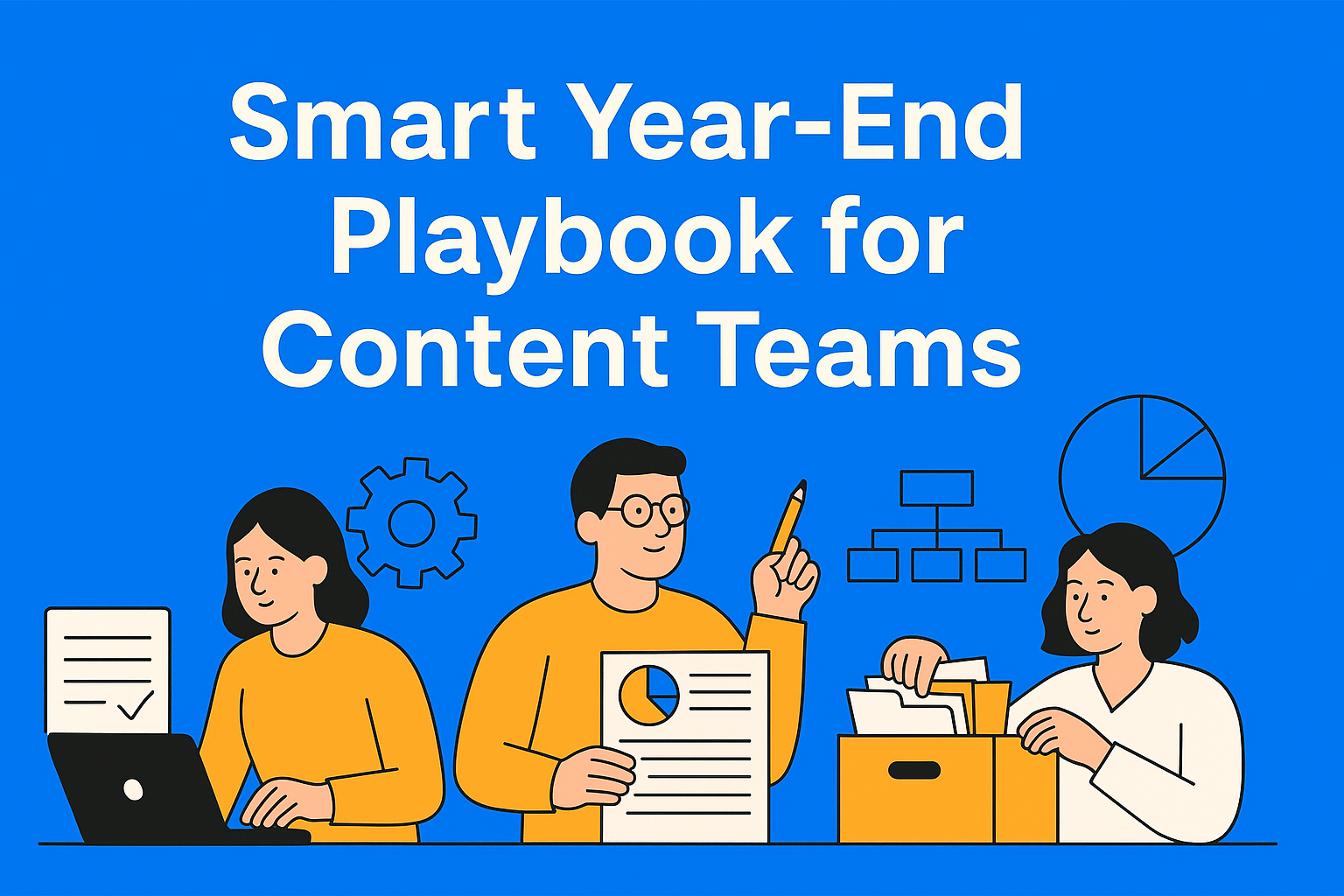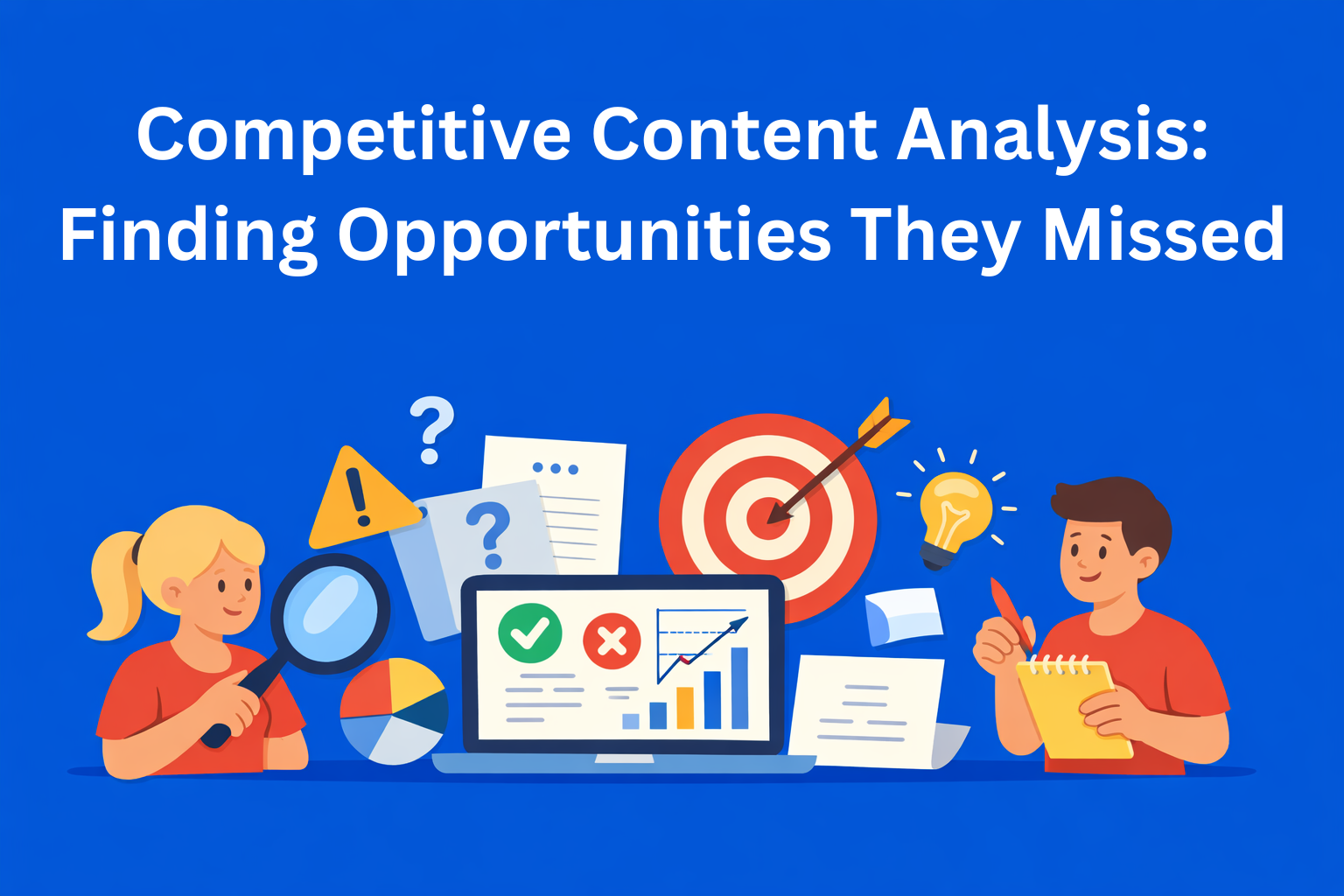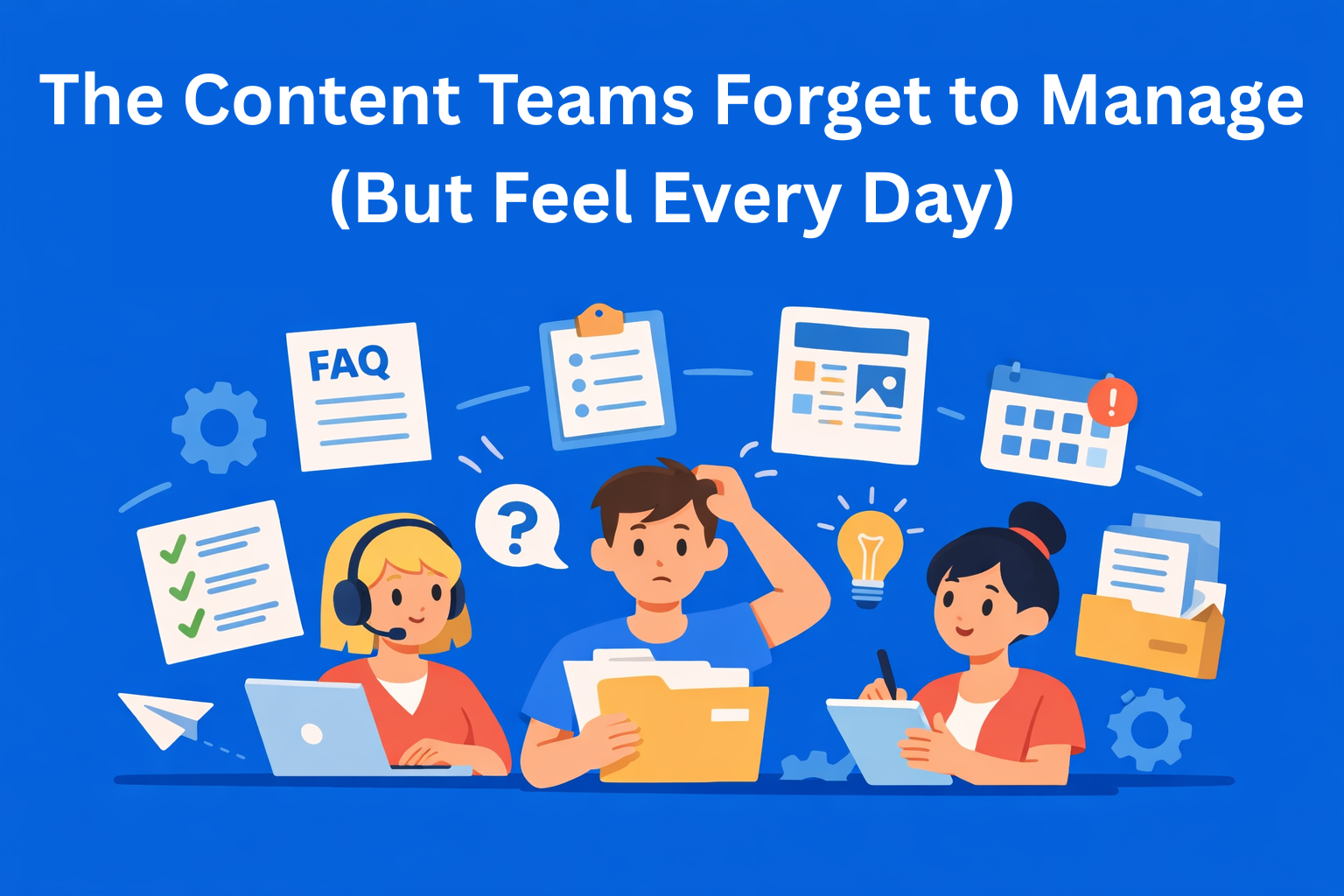The Smart Way to Close Out the Year: A Content Team Playbook
Close out the year without chaos. This simple playbook helps content teams review what worked, clean up systems, organize files, reset workflows, and enter the new year lighter, clearer, and ready to deliver better content with less stress.

The end of the year can feel like a race no one planned for. Tasks keep coming in, projects are everywhere, and the team is trying to finish everything “before the year closes.” But with a smart approach, this period doesn’t have to be stressful. In this blog, I’ll show you the simplest way to close out the year so your content team enters the new one lighter, more prepared, and motivated.
Key Takeaways
- Year-end cleanup reduces chaos - reviewing progress, closing tasks, and organizing files gives the team a clean starting point for January.
- System resets matter more than new goals - updating workflows, templates, tools, and responsibilities creates stability for the year ahead.
- Unfinished work drains team energy - wrapping up or intentionally archiving tasks frees mental space and improves productivity.
- Clear structure prevents January overload - realistic planning, refreshed guidelines, and a simple roadmap help the team stay focused when priorities shift.
- Rest is a strategic advantage - slowing down at year’s end boosts clarity, motivation, and content quality going into the new year.
Why It’s Important to Close Out the Year in an Organized Way
Many teams reach December completely exhausted. Projects are half-done, documents are scattered, and plans for the new year haven’t even been touched. All of this leads to mistakes, poor communication, lost files, and burnout.
Closing out the year smartly means slowing down for a moment, looking at what you’ve done, and taking back control of the whole process. Instead of fixing problems at the last minute, you create space for clearer decisions. This is a simple step toward a calmer and more organized content operation.
Looking Back: Check What Truly Worked This Year
This is the moment when the content team reviews everything, campaigns, articles, videos, SEO results, and social performance. The point isn’t to find someone to blame, but to see what actually worked.
Which Content Delivered the Best Results?
Check your analytics. What was most read? What brought traffic? What had the most engagement? These insights show what your audience really wants. It’s not just about knowing the numbers, it’s about understanding why certain things performed well. This is especially important when thinking about future SEO strategy and content planning.
Which Goals Were Met and Which Weren’t?
Some projects were completed, some failed, and some were left hanging. This is the moment to map everything:
- what’s finished,
- what’s ongoing,
- what should be discontinued,
- what makes sense to move into the new year.
This quick overview gives you a clear picture of where your team stands.
Wrapping Up: Close All Unfinished Work Before the New Year
Unfinished tasks are the biggest energy drain, they sit in the back of your mind and constantly remind you they’re not done.
Which Projects Should Be Finished Now?
If something can be completed quickly and easily, do it now. This reduces pressure in January. The key is to evaluate what will bring the most benefit compared to the time you invest. When the team knows what must be finished and what can be moved, everything becomes much easier.
How to Clear Your Backlog
Sort all tasks into:
- Finish immediately
- Remove completely
- Postpone for later
- Delegate to another team member
This frees up mental space, reduces clutter, and creates a better start for the new year. In this stage, you often realize the team is doing things that no longer bring any real value, they just drain time and energy.
System Reset: Clean Up Your Processes and Bring Everything Back to Zero
The end of the year is the perfect time for a “system refresh.” Content teams often work on autopilot, using old templates, outdated SOPs, and tools that no longer serve a purpose.
Review Your Workflows
Are there steps that waste time? Are there manual tasks that could be automated? Are there bottlenecks because someone has too much on their plate? Even small changes can speed up the entire process.
Team Alignment
Everyone should know what they’re responsible for. A short internal discussion or retrospective helps the team understand where the bottlenecks are and what made work easier throughout the year. This step is crucial for healthy communication and effective collaboration.
Review Tools and Integrations
Do you have tools no one uses? Are some tools causing more problems than they solve? The end of the year is the ideal time to clean things up, cancel unused tools, or replace them. This reduces costs and saves time. But it doesn’t have to be that way if you use EasyContent. You can build your own workflow, assign roles, collaborate in real time, and manage everything in one place. This makes resetting your system and improving future processes much easier.
Archiving and Organizing: Clean Up Your Digital Space
Nothing creates more chaos than a pile of files, versions, old documents, and messy folders. This directly affects productivity and slows your team down when searching for materials.
Organize All Digital Files
Create three folders:
- Active
- Archive
- Delete
Go through everything quickly: blog drafts, assets, graphics, content calendars, internal materials, campaign documents... Once you sort and organize everything, your team enters January with a clean space, which makes planning much easier.
Refresh Your Templates and Guidelines
Templates age quickly, especially tone-of-voice docs, briefs, and formatting guidelines. If you already have a foundation, you don’t need to start from scratch, just refresh them. This protects quality and saves time. EasyContent can help here as well, since you can keep all templates and guidelines in one place and update them whenever needed.
Planning the New Year Without Burnout
For the new year to start well, you need a plan that’s realistic, not overloaded. Content teams often create ambitious plans that collapse by February.
Set Realistic Goals
Separate what you want to do from what you can do with your team’s capacity. Focus on what brings the most value. This could include:
- content that delivers results easily, topics and formats your audience likes and engages with,
- projects that improve visibility, things like SEO optimization or updating key website pages,
- processes that speed up work, anything that shortens production time, improves communication, or removes unnecessary steps.
Build Structure Instead of a Pile of Goals
Structure helps the team stay stable even when priorities shift. This includes:
- a simple content calendar (so everyone knows what goes out when),
- a capacity plan (who can handle how much),
- clear processes (so everyone works the same way),
- a roadmap that shows what matters in the upcoming months.
With structure in place, it’s much easier to adapt to unexpected changes.
Sustainable Pace: Make Space for Rest and Reset
Content teams often work without breaks, which leaves them constantly exhausted. That’s why the end of the year should slow down. When the team rests even a little, work quality improves, and motivation grows.
Introduce no-meeting days, short breaks, and encourage the team to disconnect. Rest isn’t a luxury, it’s essential for the system to function well.
Conclusion
The end of the year doesn’t have to be overwhelming. With a simple plan, it’s easier to finish projects, clean up your space, reset the team, and enter the new year with less pressure. This playbook helps you take back control and lead your content team without stress.
If you apply all these steps in the next few days, January will finally feel like a true fresh start, not a continuation of last year’s chaos.






